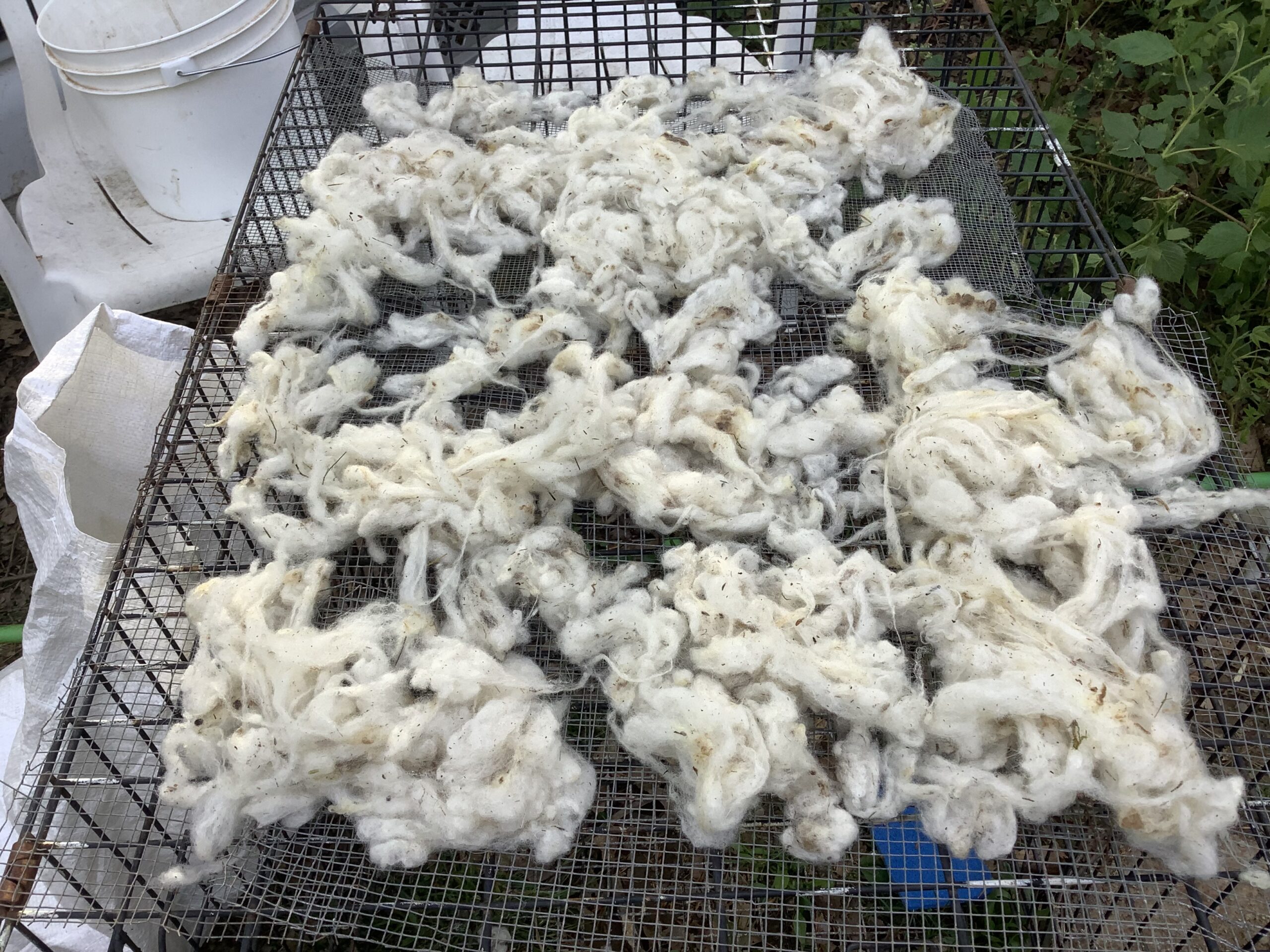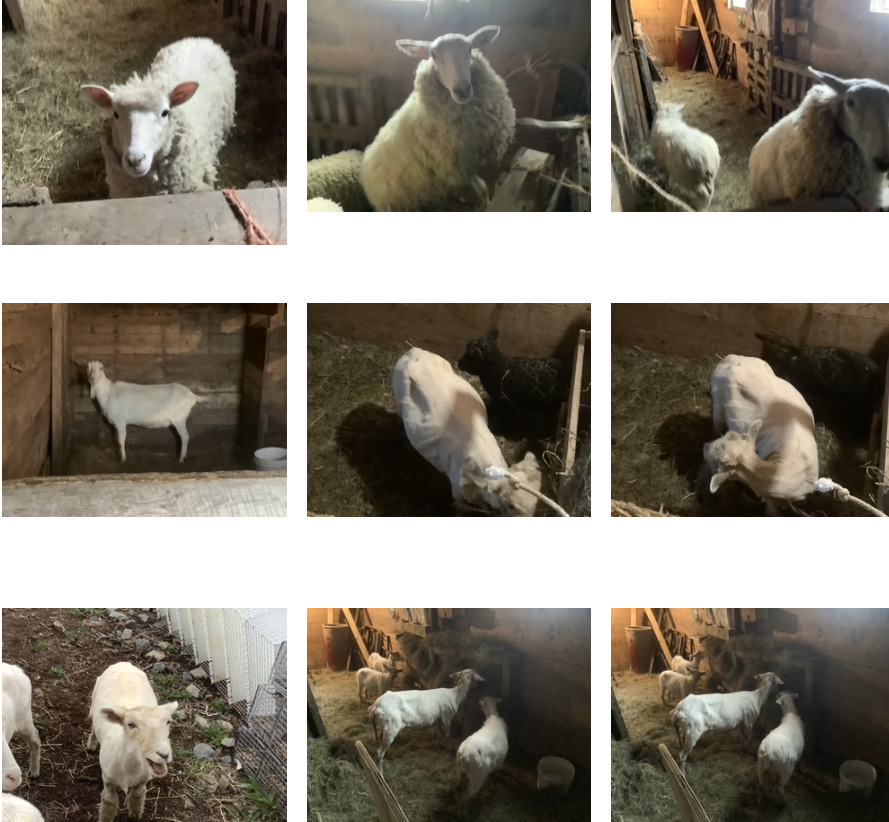
Freshly Washed Wool
Just thought you might like to see some of the wool after it’s gone through the initial Skirting and Washing Stages. It still needs cleaning, and fluffing, and carding, and…
Bear River, Nova Scotia


Just thought you might like to see some of the wool after it’s gone through the initial Skirting and Washing Stages. It still needs cleaning, and fluffing, and carding, and…

Whether You spell it Woolly, or Wooly, it’s great! Even in the Raw! Warm in the Winter, Cool in the Summer, and naturally flame retardant! Great for everything from Liquid…

After a long Winter, and a laborious Springtime and time spent nursing these little ones and their Mom’s are happy to get outside. The very first time for little Ebony…